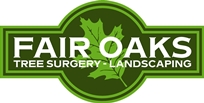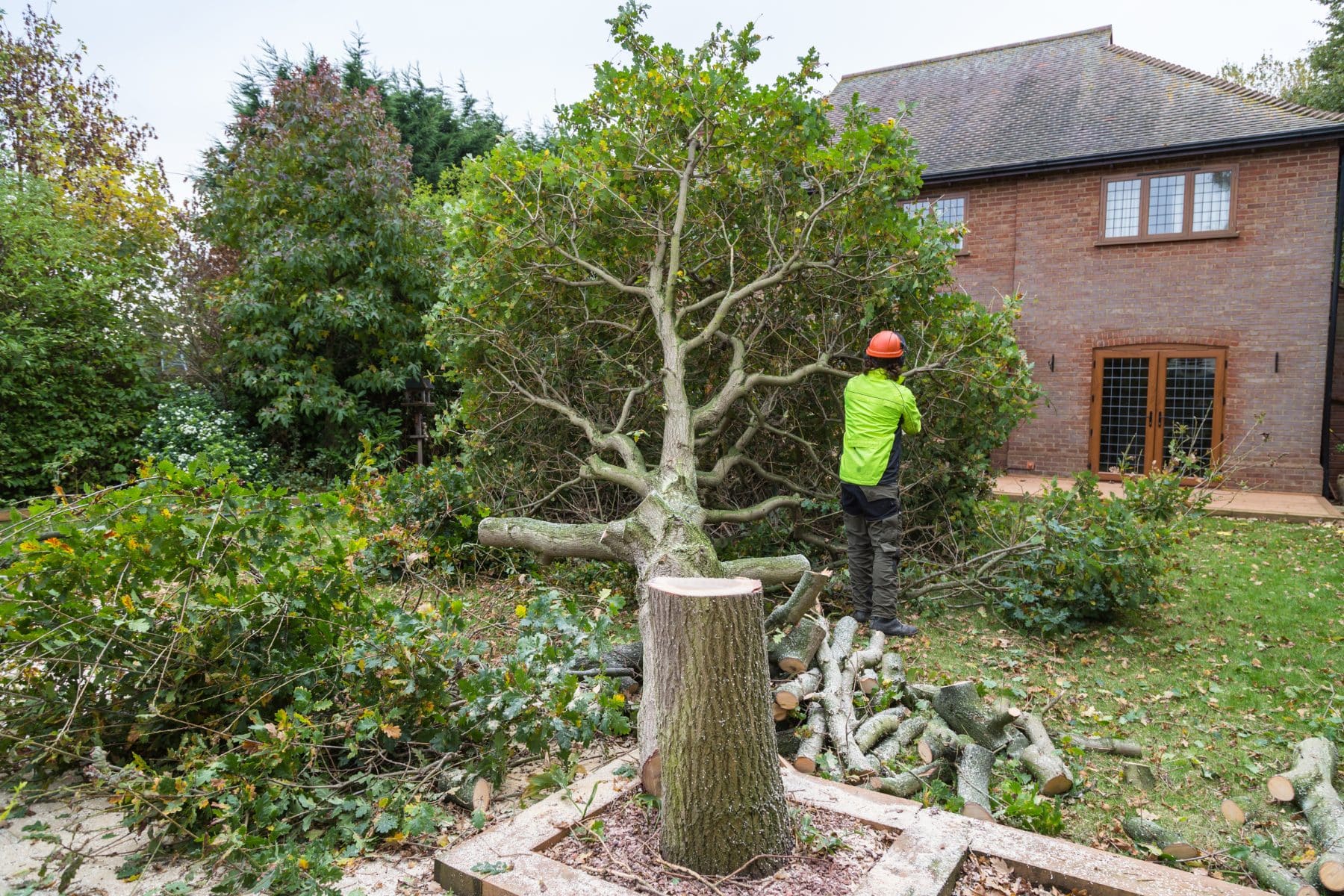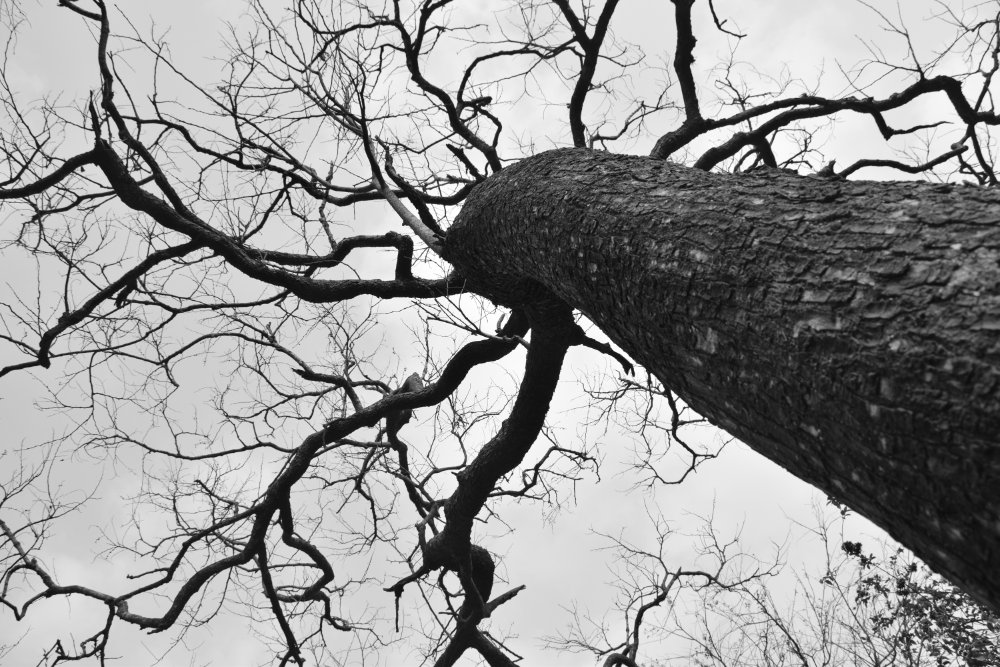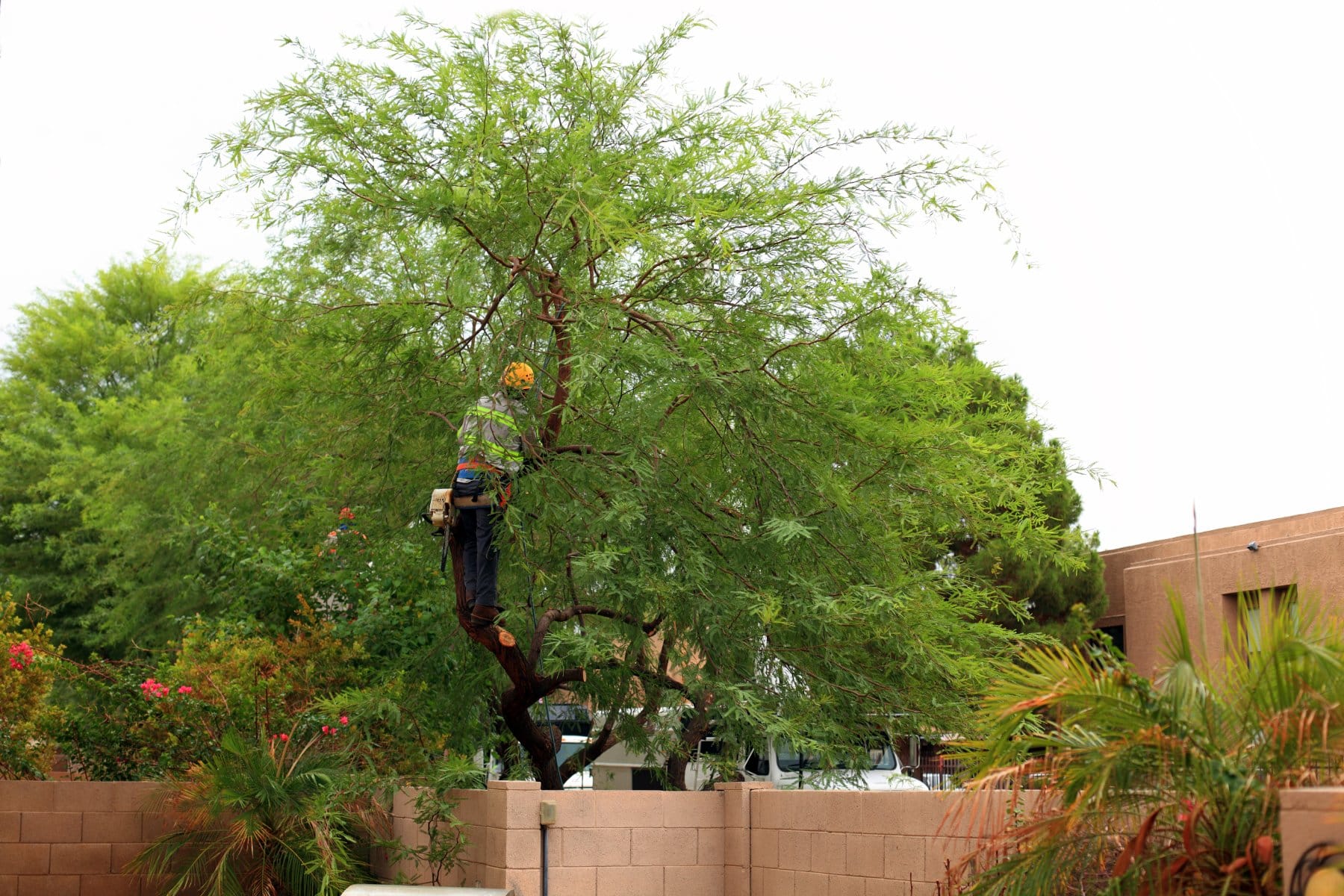For your own garden, it’s often simple to plan your tree maintenance throughout the year. However, things can become more complex when it comes to your neighbours’ outdoor spaces and what you can do about trees which infringe upon your land. If you want to know more about your rights to cut down trees in someone else’s garden, read on.
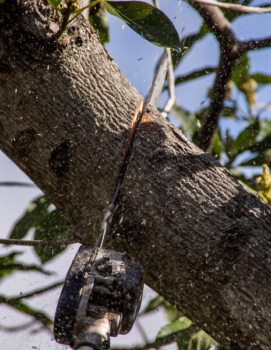 Speak to Your Neighbour
Speak to Your Neighbour
If you and your neighbour disagree about an issue, it’s always best to find amicable solutions to keep things informal. The problem could be something as small as tree branches hanging over your fence or an overgrown hedge on a neighbour’s property. Perhaps you even feel the height of their trees and hedges are blocking light coming into your garden. Whatever the problem, try speaking to them first.
If you rent, you can even ask your landlord to speak to them on your behalf, but sometimes a face to face chat is better, giving your neighbour time to think about what they’re happy to do.
Find an Amicable Solution
One solution could be to pay half the cost of maintaining the tree or hedge, or you could offer to arrange for a tree surgeon to visit if they’re worried about the hassle of the work. It’s especially important to involve a professional arborist if the tree roots are affecting your property, as they need managing carefully without damaging the tree.
If you do reach a resolution, keep a record of the agreement – you could even do this in writing and give a copy to your neighbour. You must always let them know if and when a tree surgeon needs access to their property.
Check Ownership
When dealing with your rights to cut down trees, always check who owns the tree or hedge. The owner of the tree will usually be the property in which the trunk is based. However, for hedges that run along a boundary line, you may need to check the legal documents you received when you purchased your house. If you don’t have these, speak to your local Land Registry department. Remember, even if the tree is on your land, always check is doesn’t have a tree preservation order (TPO) applied.
Next Steps for Tree Disputes
For ongoing tree disputes, there are several ways to manage the problem.
You’re allowed to cut back anything which has crossed into your boundary such as overhanging branches, but you’ll need to ask your neighbour what they want to do with the clippings (because legally, they still own them). Never chuck them over the fence as this could constitute as fly-tipping and only cut back to the boundary line.
If you think your neighbour’s tree is in danger of falling or has become dangerous, you can report it to your local council if they won’t address the problem.
You may also be covered by the Rights of Light Act 1959, meaning if a property has received daylight for the last 20 years, and your neighbour’s tree now restricts this, you could apply to the courts for your light to be restored.
Need a professional tree surgeon?
Fair Oaks provides a variety of expert services, operating across London and Surrey locations, such as Worcester Park, Wallington and Woodmansterne. Call now on 07780 445079 for advice.
